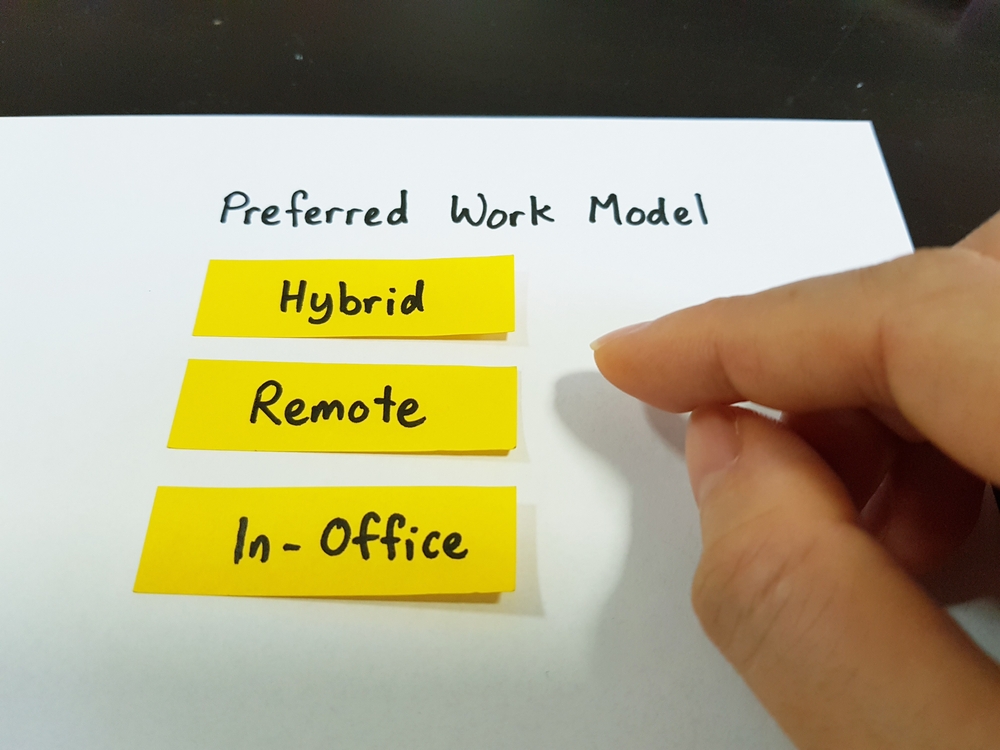
Workplace incivility is on the rise and employers need to take note. Aligned with this, Symmetra is experiencing an increase in requests to address it.
Workplace incivility does not generally consist of yelling and like behaviour. It is defined as “low intensity deviant behaviour with ambiguous intent to harm the target in violation of workplace norms for mutual respect”. The target experiences ambiguity because unlike harassment or bullying it is not obvious whether the act was purposely disrespectful or not. The target then spends an immense amount of time ruminating as to whether it was deliberate or just a mistake or due to inattention. This leads to distraction, lost focus at work, time wasted and disengagement by the target.
This increase in the level of workplace incivility which has been recorded during remote working appears to be because people are emboldened or careless about rudeness and incivility when they are not in physical proximity when communicating.
Zoom, the internet and email are ideal avenues through which to launch rude and disrespectful behaviour. And when it starts, it spreads. Indeed, Christine Porath who has been studying this problem for decades described it as “an infectious pathogen like a virus”
One of the noted adverse consequences of incivility is that employees simply leave. Certainly this has been a component cited in the Great Resignation in the USA – and it seems that the Great Resignation may arrive in Australia as well.
Inculcating respectful behaviour which is consistent and sustained should be the goal of every employer interested in the well-being and psychological safety of their employees. Building inclusive leadership capability is a prime way of minimizing the risks of widespread workplace incivility.

































